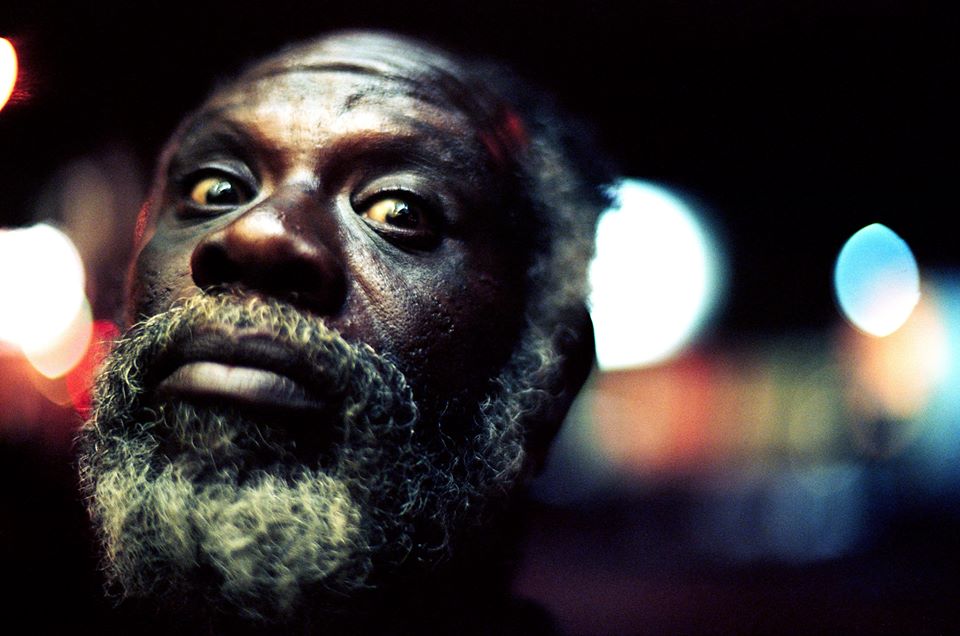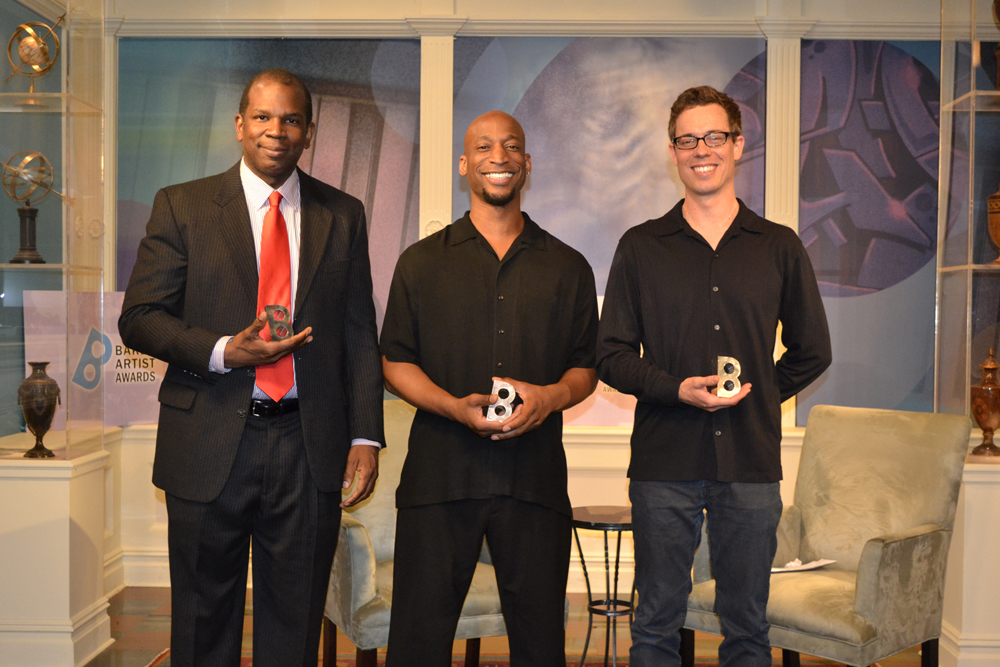The BMA’s Black Box screening of Ricerche: three by Kelly Johnson
Art spaces are often considered safe havens for the discussion of seemingly “radical” subjects—politics, identity, inequities, etc. Based on several audiences’ reactions to Sharon Hayes’s 2013 video Ricerche: three at the BMA, some viewers may be ready to tackle honest conversations about gender and sexuality, while others still seem to prefer the museum’s more palatable Matisse and AbEx paintings.

Tucked away in the contemporary wing’s Black Box video space, Hayes’s 40-minute video records the artist interviewing a diverse group of thirty-six students who attend the all women’s Mount Holyoke College. The work picks up where the Italian documentary Love Meetings left off—in the film, director Pier Paolo Pasolini interviewed Italians about their views on sex at the start of the 1960’s sexual revolution. Continuing this conversation during an unprecedented era of contemporary feminist and queer visibility, Hayes asks similar questions of these students.
The exhibition of the video effectively echoes safe queer spaces and feminist consciousness-raising circles, where sharing intimate personal experiences empowers participants. Encountering an inconspicuous label at the entrance of the Black Box, the viewer can choose whether to experience the work. If the viewer consents, she enters a dark hallway, crossing a dramatically spotlighted outline drawing of the students in the video, perhaps suggesting people with these identities exist beyond this particular group in the video, or signaling the overall reductiveness of arbitrary categories or outlines. Crossing through the light of the projection itself in order to sit on movable wooden blocks, the viewer implicates her physical presence in this private space.
Many students in the video identify as non-binary and queer, and several openly discuss experiences as queer women of color or as trans men, while others share thoughts on their sexual attitudes and experiences. The camera alternates between focusing on the students’ individual answers to questions and clusters of friends engaging with one another outside of the main conversations, highlighting the students’ mutual confidence and support of one another.
As Hayes continues asking personal questions, the students open up, discussing tensions between engaging in intellectual and sexual pursuits on their campus and returning home to the “real world,” where people do not have the same expectations, vocabulary, or breadth of discourse on gender, sexuality, and race. Further, they discuss whether their campus community is a fantasy, empowering, or both.
Many people filtered through as I watched the entire piece. Two young hetero couples lingered for 5 minutes, seeming mostly uninterested. Two young girls accompanied by their father were curious, but urged to leave upon discussions of rape. An older hetero couple enjoyed the entire video, laughing along with the students and audibly commenting on the interestingness and complexity of their thoughts.
Just before I left, two middle-aged white women entered the space as one trans man discussed his experiences. Obviously uncomfortable, one of them made a cruel joke about Bruce Jenner, then quickly left. Baltimore seems like a feminist- and queer-friendly city with its many alternative spaces and organizations run by women, but perhaps this reaction in particular reflects sentiments of a wider audience that is not quite ready for these authentic conversations, thus making Hayes’ work all the more compelling in the context of the BMA.
Being in the dark, watching these confident, thoughtful students openly express their opinions feels like its own fantasy, empowering queer feminist space. The viewer becomes familiar with many students’ personalities and perspectives, joining the group as another engaged observer. Hidden away from the rest of the bright, stuffy Modernist galleries, the viewer might feel as if she too has left the patriarchal, heterosexist “real world” and entered a welcoming, alternative existence.
Presented in collaboration with JHU’s Center for Advanced Media Studies and the Museums in Society Program, Hayes, who is from Baltimore, plans to continue interviewing groups of students here, including members of Baltimore women’s sports teams.
Author Kelly Johnson is graduating from MICA in May with a Master of Fine Arts in Curatorial Practice.







